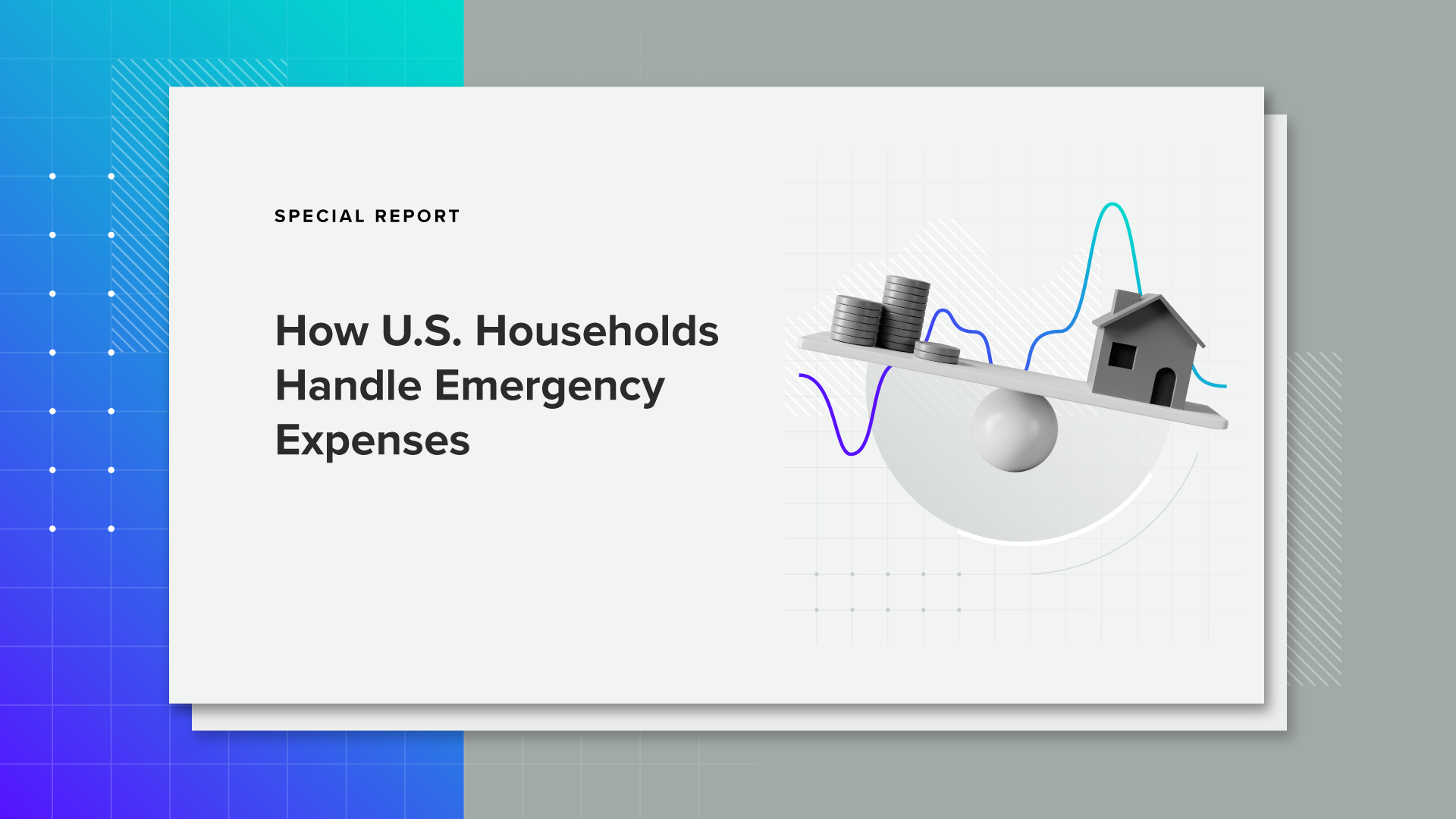
Economics
U.S. Jobs & Labor Chart Pack: June 2024
Report summary
Cooling in the labor market continues
It’s jobs week. The Bureau of Labor Statistics (BLS) released the Job Openings and Labor Turnover Survey (JOLTS) survey results for April this morning. The BLS will also release the employment situation report as well as revised numbers for Q1 productivity this week. This chart pack provides the latest on Morning Consult’s high frequency data on lost/pay income & job search activity and some commentary on the latest for the jobs market.
Job openings:
Job openings came in lower than expected for April and the series stands at its lowest figure since February 2021. This development indicates that as fewer “help wanted” signs are posted, the tightness in the labor market continues to ease. Another notable data point from the JOLTS release: the number of job openings per unemployed has returned to its February 2020 level. While the pre-pandemic level was still relatively high, the steady easing of this rate also supports the narrative of a cooling labor market.
Although we can see month to month variation, there is a clear trend in the JOLTS data: For the last two years hiring and openings have been declining and layoffs have been increasing. It is not all bad news! The levels we are seeing are not alarming, in fact, the pace of layoffs and hirings may be in line with the Federal Reserve’s goal of bringing down inflation.
Slowing job growth is another sign of a cooling economy (in addition to slower spending, revised down GDP, etc). While post-pandemic jobs/wage gains were most concentrated in lower wage quartiles/service jobs, it seems like this may have recently fizzled out while high earners pull ahead.
What do the consumers say
By income cohorts:
Morning Consults surveys consumers daily; and our data shows that the share of households with 100k or more income who lost pay or income reached its lowest level at the end of May since tracking began four years ago. On the other hand, the share for lower income earners has ticked up. The divergence of job prospects for high-income and low-income adults is aligned with our recent consumer spending as well as price sensitivity data.
By race/ethnicity:
Breaking out the lost pay data by race/ethnicity, the share of Hispanic adults who lost pay or income rose over the month of May. Shares of White and Black adults stayed relatively stable. On Friday, the BLS will provide an update on the unemployment rate. The unemployment rate for Hispanic adults has been highly correlated with Morning Consult’s data on the share of lost pay for the same group. The uptick in the lost pay for the Hispanic population may signal a higher unemployment rate for this cohort in the coming months.
By age:
Among the different age cohorts, those between 45 and 54 as well those between 18 and 24 have reported an increase in their lost pay in May. For the younger cohort, the unemployment rate for 16-24 year olds published by the BLS is highly correlated with Morning Consult’s lost pay shares for younger adults.
The monthly averages for lost pay for 18 to 24 year olds have slowed between January and March of this year, but that trend began to reverse in April. Similarly, the unemployment rate for 16 to 24 year olds has begun to come down in March.
Looking at the latest Morning Consult data, there is a possibility that the unemployment rate for this cohort will continue to slow for a month or two, but the latest figures from the lost pay or income shares may indicate a reversal coming in the BLS data soon. As the labor market cools, the demand for younger adult labor could be tipping down, providing another signal that the labor market is gradually losing heat.
Data Downloads
Pro+ subscribers are able to download the datasets that underpin Morning Consult Pro's reports and analysis. Contact us to get access.
Methodology
This chart pack and data download files rely on three separate surveys aiming to provide a detailed assessment of the current state of the U.S. labor market, featuring proprietary data that provides enhanced scale, frequency and depth to official data sets.
Morning Consult’s U.S. Lost Pay/Income data provides an early, high frequency indicator of the health of the U.S. labor market. The survey closely tracks initial unemployment claims. However, unlike weekly unemployment claims data, our data includes adults who lost pay or income but were either ineligible for unemployment benefits or did not apply for them, thus providing a more holistic signal of the strength of demand for workers. The survey is conducted weekly among a representative sample of U.S. adults. The weekly fielding period ends each Saturday, with results for that week available on Sunday.
- Began fielding: April 2020
- Frequency: Weekly
- Fielding period: Ending each Saturday
- Sample size: Approximately 20,000 adults
- Geographic coverage: United States
Morning Consult's U.S. Job Search Activity data provides an always on gauge on the jobs market by asking about job search activity; providing enhanced scale, frequency and depth not captured by official data sets. The question is asked in over 40 countries, while this chart pack provides data on only the United States.
- Began fielding: Aug. 15, 2020
- Frequency: Daily, typically reported as a 4-week moving average
- Fielding period: 4 a.m. ET to 3 a.m. ET the following day
- Sample size: Over 15,000 adults per day globally (over 5,000 per day in
the United States) - Geographic coverage: Over 40 countries
About the authors
Deni Koenhemsi leads Economic Analysis at Morning Consult. Previously, she was a senior associate at S&P Global, where she managed a team of economists, forecasted commodity prices and advised Fortune 500 companies on their procurement and planning decisions. She received a bachelor’s degree in international relations from the University of Richmond and a master’s degree in international economics from American University. For speaking opportunities and booking requests, please email [email protected]
Sofia Baig is an economist at decision intelligence company Morning Consult, where she works on descriptive and predictive analysis that leverages Morning Consult’s proprietary high-frequency data. Previously, she worked for the Federal Reserve Board as a quantitative analyst, focusing on topics related to monetary policy and bank stress testing. She received a bachelor’s degree in economics from Pomona College and a master’s degree in mathematics and statistics from Georgetown University.
Follow her on Twitter @_SofiaBaig_For speaking opportunities and booking requests, please email [email protected]



